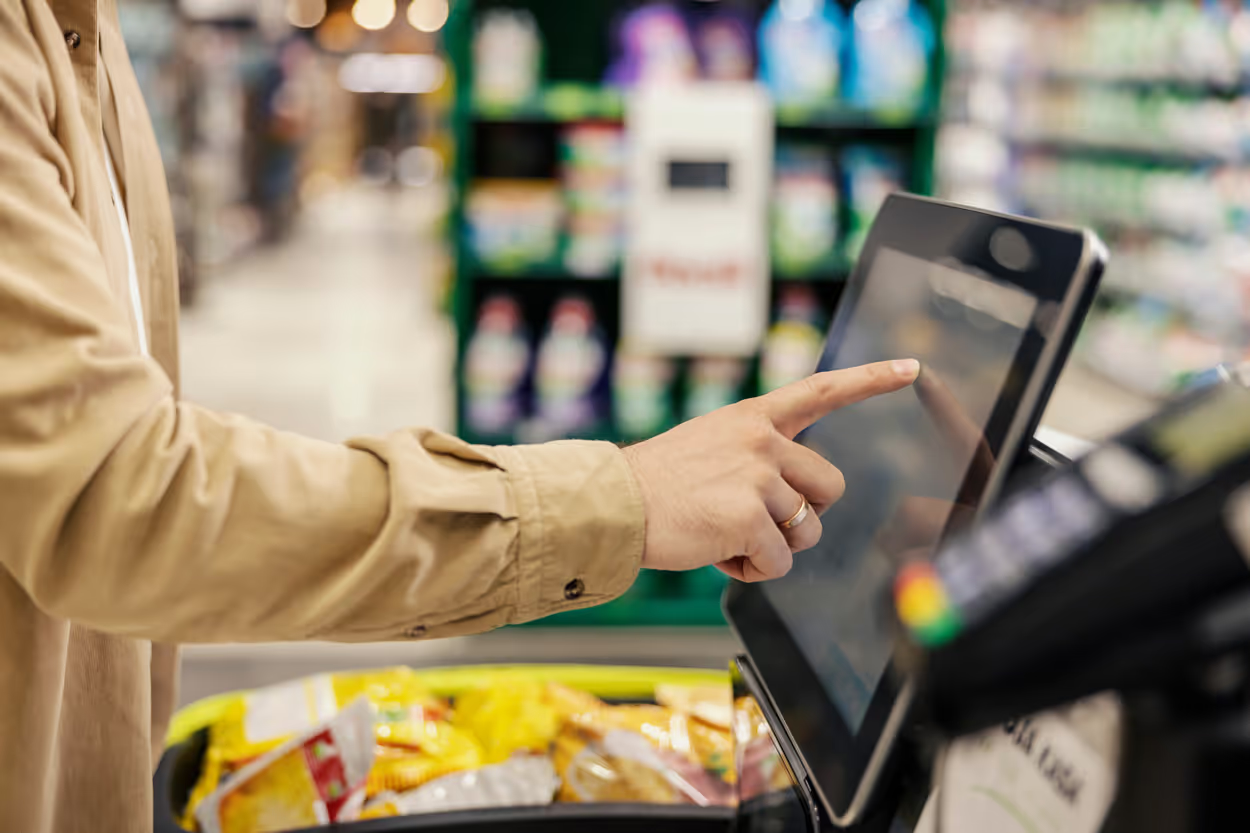Having a strong social media presence has never been more important for retailers—and it’s not just about making posts that reach your customers and support your brand. It’s about making more sales, more often, more easily and faster: something your customers want.
Social commerce, selling your products in social channels using social media advertising, is becoming one of the largest eCommerce trends poised for even stronger growth. And during the pandemic it’s been a lifeline for retailers needing to increase revenue and for their customers longing for the in-store shopping experience. That’s why eCommerce is estimated to grow a whopping 31.4 percent on a global scale. So it’s clear that retailers, if they haven’t already, need to get in on the social selling scene.
Where to get started and strengthen your social commerce: Know your consumer base
Understanding your customers is one of your top priorities, from what they like to purchase to where they live and what they value. And when it comes to social commerce, which generation they belong to is also important because each one of them uses social media differently (sometimes not by much but sometimes in large ways). Here’s a breakdown of the most time spent on particular social media sites by generation:
- Gen Z born between 1995 and 2015: YouTube, Instagram Feed, Instagram Stories and Snapchat
- Millennial born between 1980 and 1994: YouTube, Facebook Feed and Facebook Stories
- Gen X born between 1965 and 1979: YouTube, Facebook Feed and Facebook Stories
- Baby Boomer born between 1944 and 1964: YouTube and Facebook Feed
In a 2020 survey, Animoto also found the following:
- Among millennials, 75 percent said that their purchasing decisions were influenced by a brand’s social media presence and 70 percent of them said they trust brands that use video more than brands that don’t.
- Gen Zers are more likely to follow brands on Instagram while millennials and Gen Xers are more likely to follow brands on Facebook.
- All three generations, Gen Z, millennial and Gen X use YouTube to make purchasing decisions.
By drilling down on your consumer base data—including stats about how much of them use particular social media platforms—and using analytics, you can create a “social” inventory—and then use it to plan and focus what you’re selling to your customers accordingly.
Beyond sales: Enhancing the buyer journey
Ease and convenience were priorities long before 2020, but they’re even more so now and that will continue to be the new normal. Consumers also want to be able to shop anytime and pay any way they want to, with as little friction as possible—consistent experience across every channel is a must.
And increasingly they want their customer experience to be personalized. In fact, according to Salesforce, 75 percent of consumers want brands to anticipate their needs and provide suggestions (showing them that you know what they like or what they’ve purchased from you in the past) before they even visit your website or otherwise search for one of your products.
So what’s better than a social media advertisement (for something you know they need) popping up in their Facebook feed, making it easy and convenient for them to purchase? Rather than stopping what they’re doing and taking time out of their schedule to do a search, in just a few minutes your customers can place an order with little disruption to their lives.
When you provide social commerce that’s personalized and memorable on top of being convenient, easy and safe, you’re much more likely to increase customer loyalty—and give them the shopping experience they want.
Gen Zers and millennials: How social commerce is a bit different for them
Gen Z, the generation that grew up digital, spent nearly 150 billion last year in the U.S. alone and they represent 40 percent of global consumers. Millennials represent the largest U.S. portion of adults—and their spend is enormous at an estimated 1.4 trillion every year.
So what should you consider about their social commerce wants? First, particularly for Gen Zers, there has been a shift toward social media platforms like TikTok, Snapchat, YouTube and Instagram. The driver of that is a desire for short videos and interactive content. As reported by Forbes, 91 percent of these two younger generations prefer visual content.
“One of the most overlooked aspects of digital marketing campaigns, especially with smaller businesses, is that YouTube is the second largest search engine behind Google,” says George Konidis, an SEO expert and Founder of Growing Search. “It’s hard to achieve digital growth among younger consumers when you ignore video content. We are seeing an enormous boost in video content consumption, and the transition to hybrid social apps, like PWAs, will only accelerate this trend,” he says.
What is a PWA and why are they important? Another characteristic of Gen Zers and millennials are that, typically, they are more impatient than older generations when it comes to loading times (not that the older generations don’t expect speedy service, too). And PWAs (progressive web apps) are a mix between a website and an app that performs faster so you may want to consider investing in them when marketing to these two generations.
Another thing that sets them apart, particularly a Gen Z consumer, is their desire to share their shopping experience with other people, their friends and family. That’s part of what makes Instagram so popular for Gen Zers. Cosmetic company Sephora understood this need well when, among other tech-driven initiatives, they provided selfie mirrors in their stores.
Social commerce gets a boost by big influencers
Word of mouth has always been an effective form of advertising but when it comes from a celebrity your customers adore, a Tweet from them about buying one of your products can place your brand firmly in the social commerce world. Not that it doesn’t come with a hefty price tag.
Wondering which celebrity gets paid the most for their posts? In the past few years, that’s been Kylie Jenner who often gets paid nearly an average of a million dollars per post, but the #1 influencer tends to change every year based on how many followers they have and if they have a strong influencer marketing strategy. Curious to know who else gets paid the big bucks to post a picture of themselves wearing, say a pair of running shoes? Check out who makes Influencer Marketing Hub’s top 20 list.
Not in the market for a big-ticket influencer? Go with a micro influencer; that’s someone who has between 1,000 and 50,000 followers and the costs for their posts are much more reasonable (like $100 to $500 a post).
Thinking beyond the sales, making an investment in your social media reach
It’s not just about the added revenue stream, social commerce can increase your social media reach when it’s an effective part of your overall social strategy. According to Pixlee, that can lead to a lot more followers. And it makes sense when you think of the numbers; Facebook has over 2.8 billion active users—a pretty impressive audience. With effective social commerce that garners more shares, you’re more likely to get more followers on social media, increase visits to your website and be everywhere your shoppers want you to be.
What’s also great about social commerce is it will provide you with much more of your customers’ big data that you can use it to create a strong social media strategy. There are plenty of resources available to help you, too. For example, have you heard of Linktree? The company provides “freemium” service for one link that connects your customers to all of your content.
According to Fast Company, Linktree “links up social followers with your entire online ecosystem, using one link to direct people toward the e-commerce or other content that matters for any business or brand. Over the past year, Linktree averaged 10,000 signups a day, growing its active users by 200% to more than three million, with over 40% of traffic coming from sources other than Instagram, including Twitch, YouTube, and Pinterest.”
There’s no denying that we’re living in a social media world—and how you embrace it matters
If you brought up social media at a party a decade ago people would have likely assumed you were talking about Facebook. But today, while they still have the most users, there are so many social media platforms it's hard to keep up with them all. And how often they’re used (on average Gen Zers spend three hours a day on a social media platform) and what they’re used for is growing. Social commerce is also on the rise proving to be an effective way to increase sales, connect and engage with customers and take your social media presence to the next level.




